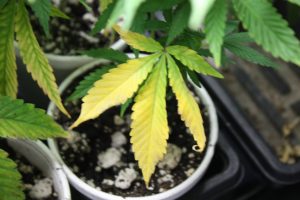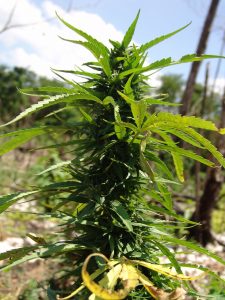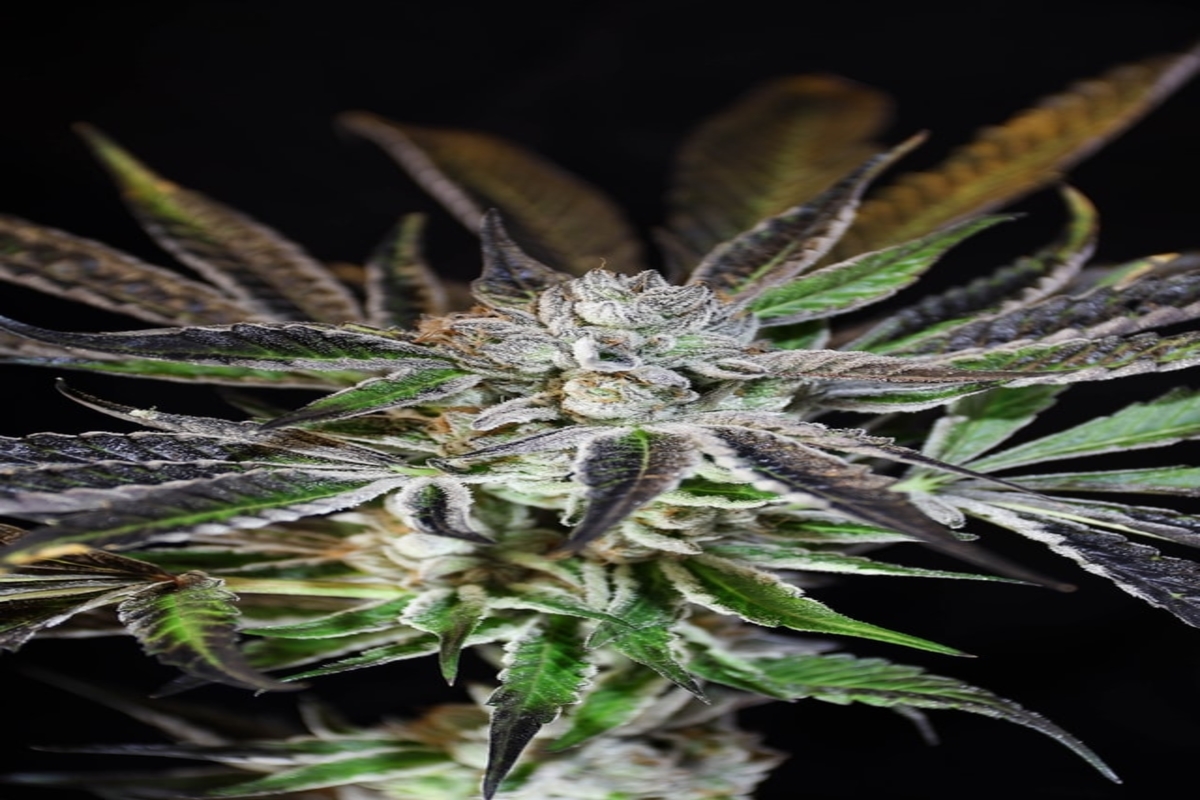There has been a debate among weed growers on whether flushing is a beneficial procedure or an unnecessary indulgence. Those against it believe that flushing plants before harvesting robs them of vital nutrients they need for the final lap of their life’s journey. The flushing supporters believe that flushing frees the weed plant from excess nutrients and contaminants, translating to a higher quality product. This article explores flushing, its importance, and how to do it for maximum benefit.
Table of Contents
What Is Flushing?
Flushing is the watering of your weed plant without any added nutrients for a period to actively remove any excess nutrients in the soil. The watering period can be anywhere between a week or more, depending on the medium.
The rationale behind this is to allow the plant time to use built-up nutrients and consequently lessening overall nutrient and contaminant levels in the buds.
Why Flush Cannabis?
During the growing cycle, weed plants store excess amounts of nutrients. The final product will usually produce black ash and have an unpleasant chemical taste and smell.
Flushing purifies the product of these adverse effects, thus improving the final product’s taste and smell. Failing to flush nutrients before harvest compromises the quality of your weed considerably.
What Happens If You Don’t Flush Before Harvest?
Flushing cannabis before harvest removes the impurities from your buds. The plant keeps nutrient reserves in its system— including leaves and buds. When you don’t flush before harvest, the plant will continue to draw nutrients from the soil, failing to deplete its reserves. The nutrients remain in your buds as chemical residues, thus reducing the quality of your yield.
When to Flush Marijuana
Most people think that flushing can only be done before harvest, but this process can be done at various stages and for different reasons during the cannabis plant’s life. Flushing can be done;
1. Before Harvest
Flushing is typically started two weeks before harvest. Observe the trichomes on your plant to assess the possible harvest time.
The weed plant is ready for flushing when the trichomes begin to turn from clear to a milky color. It should be timed such that most trichomes will have changed to the desired shade of harvest after two weeks.
2. Before Flowering
Nutrients ensure optimal yields by keeping plants healthy. However, too many nutrients can result in a nutrient lockout – a state where plants can’t access nutrients.
Nutrient lockout is caused by salt build-up and incorrect pH levels. When this happens, flushing the soil with plain water pushes nutrients out of the soil, washing away the build-up, consequently allowing the roots to absorb nutrients. Routine flushing prevents nutrient lockout. Therefore, flush once before flowering and once halfway through flowering.
3. During The Vegetative Stage
Flushing can also be used to

reset soil when the plant is still in the vegetative stage. When you use too much nutrient on your weed plant, it will suffer nutrient burn. You stop nutrient burn by flushing your plant to release the excess nutrients in the soil.
Since flushing is a drastic measure, especially during this phase, be sure you’re dealing with nutrient burn before flushing.
When Not to Flush Cannabis
It is recommended that you avoid flushing your weed plants when growing them in amended organic soil since the medium is developed to harbor beneficial microorganisms, which may be washed away during flushing.
How to Flush Before Harvest
If not done correctly, flushing can rob your weed plant of essential nutrients. The proper way to flush is to;
1. Wait until the harvest window is almost open.
Various grow mediums have different harvesting windows. Therefore, depending on the type of medium you are growing your weed in, the flushing period is as follows;
- Soil – between one and two weeks before harvest
- Coco – five to seven days before harvest
- Hydro – one to two days before harvest
2. Water plants as regular minus nutrients and supplements
When flushing, your watering process remains the same except that the water is not added to any nutrients or supplements. You can use flushing agents, which will provide your plant with the support needed through the process.
3. Watch plants closely

Observing the plant during
flushing helps ensure that they do not become too yellow hence losing their appeal. Your plant is likely to lose its green color during the pre-harvest flush quickly, but it is essential to harvest before it’s too yellow.
Once the leaves turn yellow, the plant is unlikely to mature, leading to the buds’ quick deterioration. Be on the lookout so that the leaves do not become too yellow.
4. Harvest your plants
Once the flushing period is over, the weed plants should appear lighter than they did before the flushing began. They are ready for harvesting.
In Conclusion
Flushing is meant to allow your weed plants to use up any extra nutrients in the plant and buds. Lower levels of nutrients in the plant improve the quality of the product, making the smoke smooth and the aroma more inviting.

